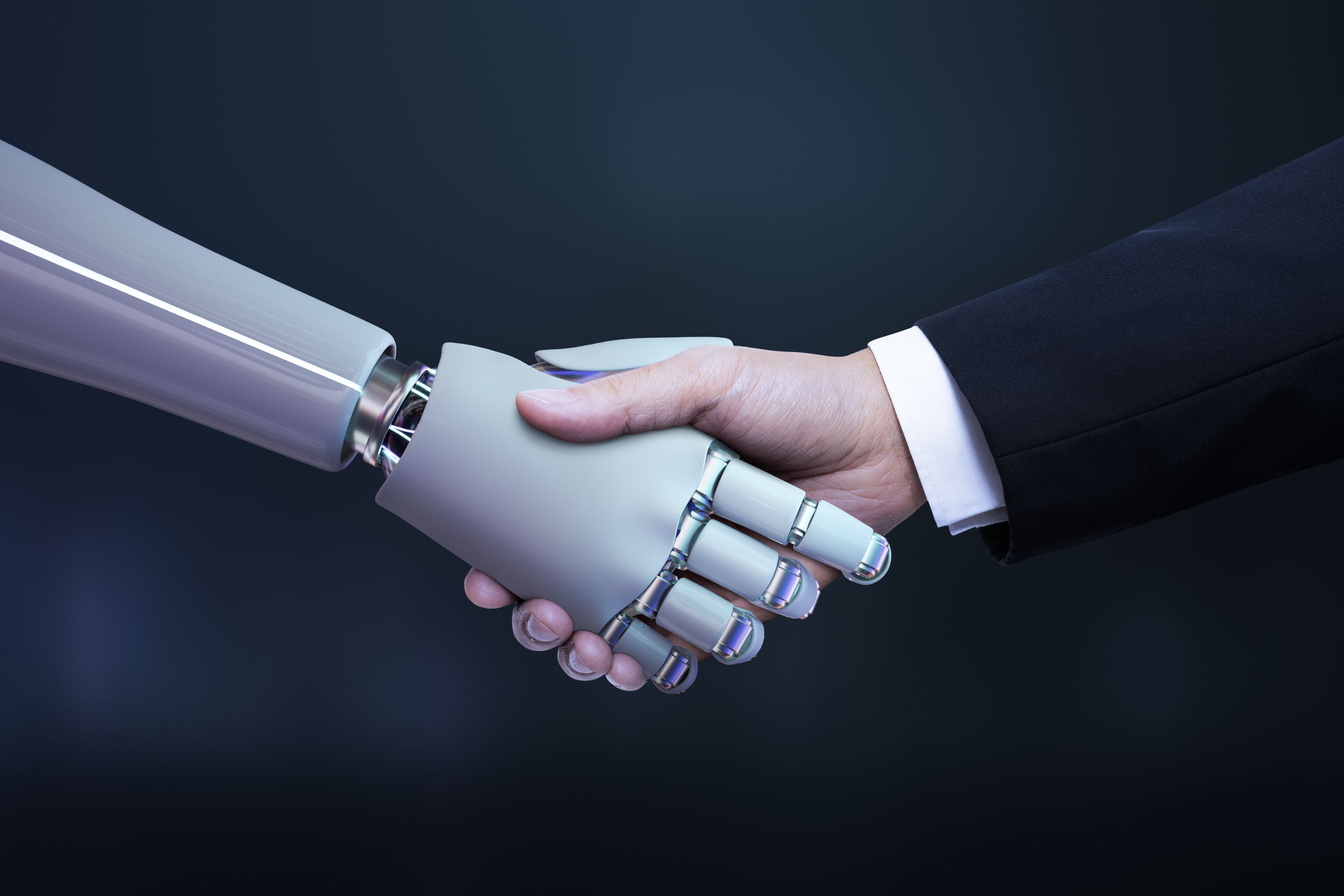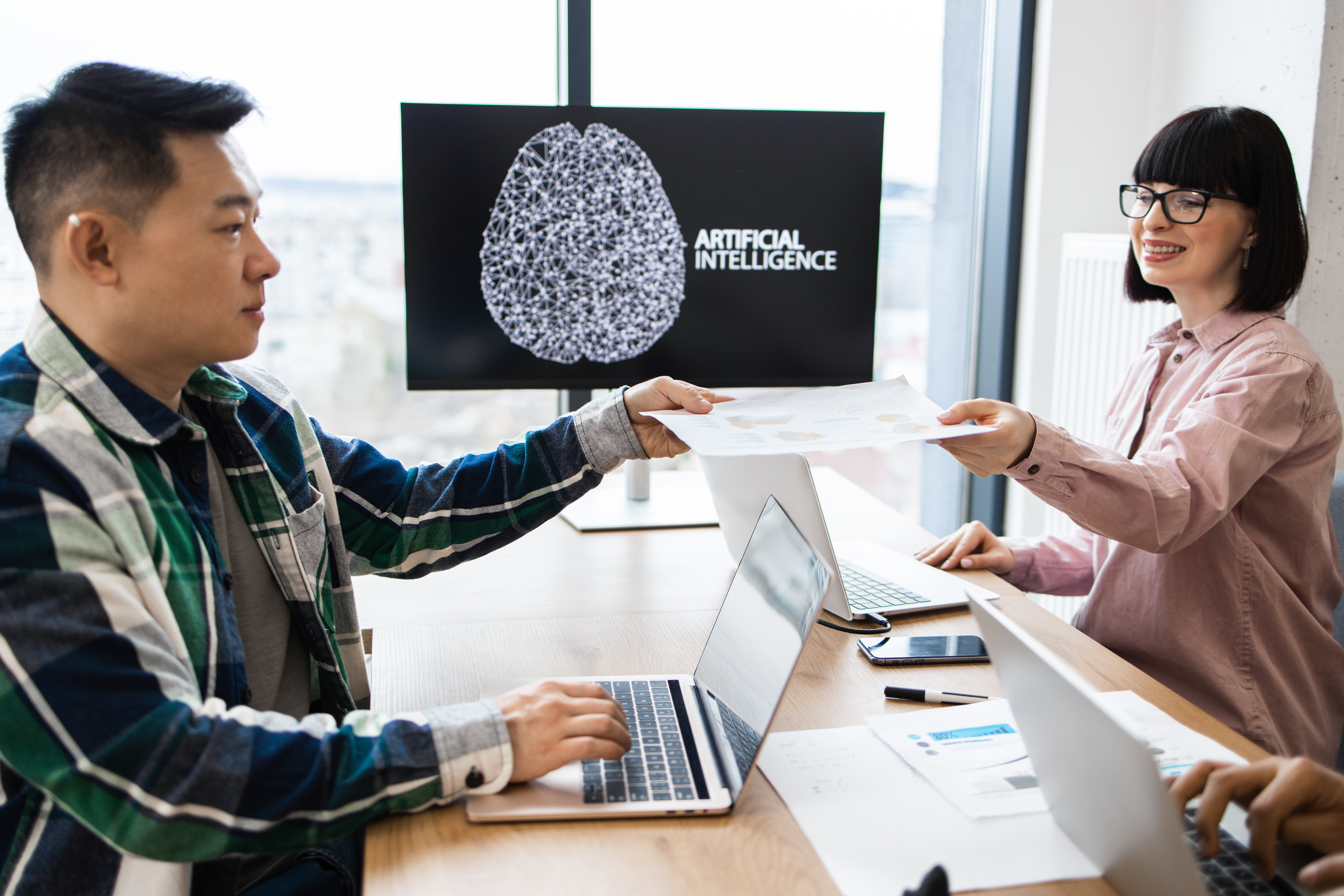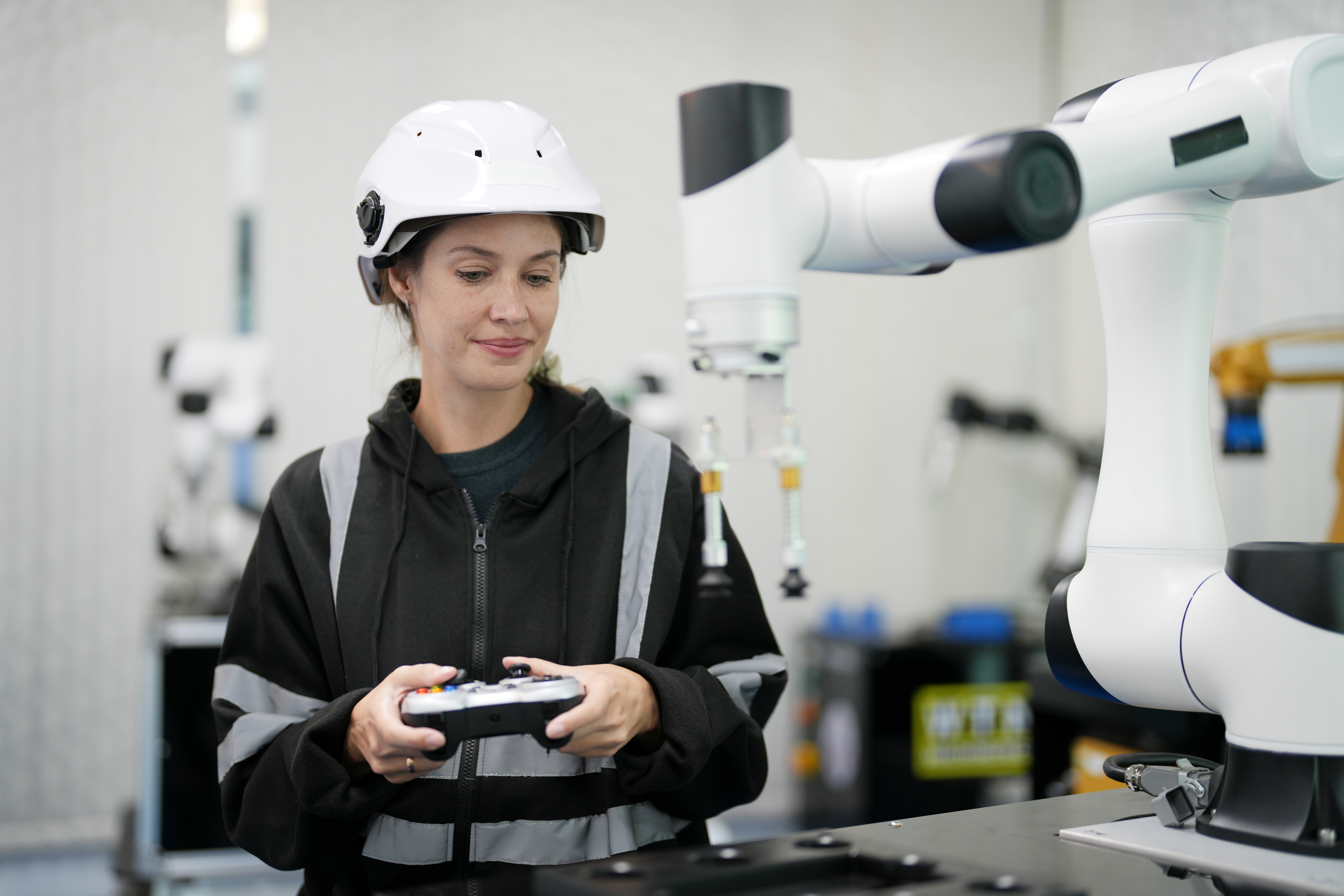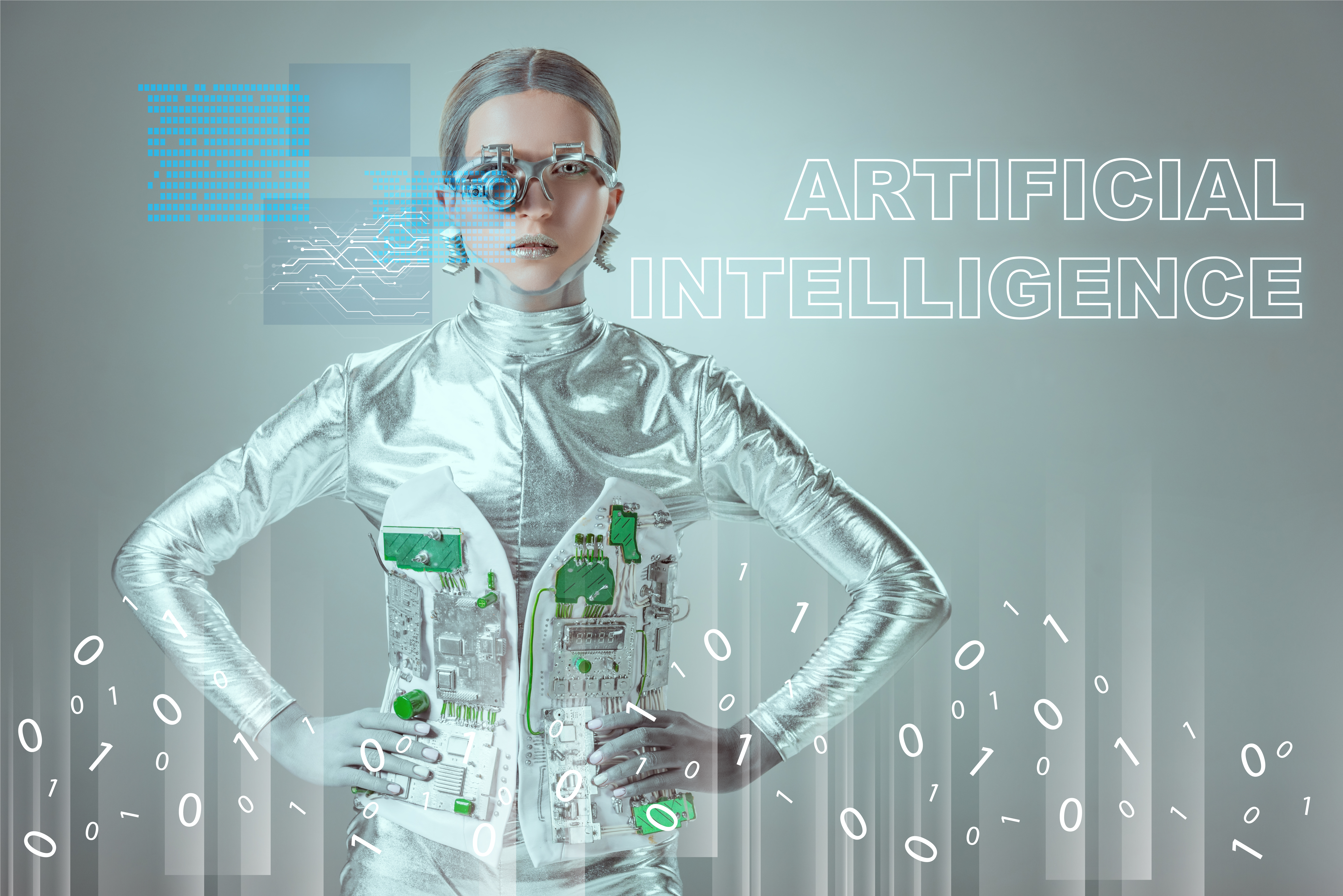10 Ways AI Went From Lab Experiment to Global Force by 2025
AI's ascension is not merely a story of technological progress but also one of societal transformation. The integration of AI into everyday life has reshaped industries, redefined jobs, and raised profound ethical questions. As we delve into this journey, we will explore the multifaceted impacts of AI, from enhancing productivity and efficiency to challenging existing norms and paradigms. The rise of AI is a global phenomenon, transcending geographical boundaries and cultural barriers. As we embark on this journey, it is crucial to recognize the diverse contributions and collaborations that have fueled AI's growth. Let's dive into the global landscape of AI, starting with a deeper exploration of the factors that have shaped its trajectory.
1. The Seed of Curiosity: Early AI Research and Development

The inception of AI can be traced back to the mid-20th century when pioneers like Alan Turing and John McCarthy began to explore the concept of machines capable of simulating human intelligence. This era was characterized by curiosity-driven research, with scientists and mathematicians delving into the possibilities of creating intelligent machines. Theoretical frameworks, such as the Turing Test, laid the groundwork for future developments, sparking interest and debate within academic circles. Despite the enthusiasm, early AI research faced significant challenges, primarily due to limited computational power and insufficient data. The initial optimism of the 1950s and 60s was met with periods of stagnation, known as "AI winters," where progress slowed, and funding dwindled. However, these setbacks did not deter researchers from pursuing their vision of intelligent machines. Instead, they fueled a deeper understanding of the complexities involved, leading to more refined approaches and methodologies. The early years of AI research were marked by a spirit of collaboration and interdisciplinary exploration. Researchers from fields such as mathematics, cognitive science, and computer engineering came together to tackle the challenges of creating intelligent systems. This collaborative approach laid the foundation for the diverse and dynamic nature of AI development, setting the stage for the breakthroughs that would follow in subsequent decades.
2. The Data Explosion: Fueling AI's Growth

The advent of the digital age ushered in an era of unprecedented data generation, providing the fuel necessary for AI's growth. With the proliferation of the internet, social media, and digital devices, vast amounts of data became available, enabling AI systems to learn and improve at an accelerated pace. This data explosion was a game-changer, transforming AI from a theoretical concept into a practical tool with real-world applications. The availability of big data allowed for the development of more sophisticated machine learning algorithms, capable of processing and analyzing vast datasets to identify patterns and make predictions. This shift marked a turning point in AI research, as machine learning emerged as a dominant paradigm, driving advancements in fields such as natural language processing, computer vision, and robotics. The ability to harness large datasets revolutionized AI, enabling it to tackle complex problems and deliver tangible results. However, the data explosion also raised important ethical and privacy concerns. As AI systems became more reliant on personal and sensitive data, questions about data ownership, consent, and security emerged. Balancing the benefits of data-driven AI with the need to protect individual privacy became a critical challenge, prompting researchers and policymakers to explore new frameworks and regulations to ensure responsible AI development.
3. Breakthroughs in Machine Learning: The Rise of Deep Learning

The rise of deep learning in the early 2010s marked a significant breakthrough in AI research, propelling the field to new heights. Deep learning, a subset of machine learning, involves the use of neural networks with multiple layers to model complex patterns in data. This approach enabled AI systems to achieve remarkable feats, such as recognizing images, understanding speech, and translating languages with unprecedented accuracy. The success of deep learning can be attributed to several key factors, including advances in computational power, the availability of large datasets, and the development of new algorithms and architectures. Techniques such as convolutional neural networks (CNNs) and recurrent neural networks (RNNs) revolutionized fields like computer vision and natural language processing, leading to breakthroughs in applications ranging from autonomous vehicles to virtual assistants. Deep learning's impact extended beyond academic research, as it became a driving force behind the commercialization of AI technologies. Companies across industries began to leverage deep learning to enhance their products and services, leading to increased investment and interest in AI. This surge in commercial applications further accelerated AI's growth, solidifying its position as a transformative force in the global economy.
4. AI in the Enterprise: Transforming Industries

As AI matured, it began to make significant inroads into the enterprise sector, transforming industries and reshaping business models. From finance and healthcare to manufacturing and retail, AI-driven solutions have become integral to optimizing operations, enhancing decision-making, and delivering personalized experiences. The adoption of AI in the enterprise has been driven by its ability to automate routine tasks, analyze large volumes of data, and provide actionable insights. In the financial sector, AI has revolutionized areas such as fraud detection, algorithmic trading, and customer service. By leveraging machine learning algorithms, financial institutions can detect anomalies, predict market trends, and offer tailored financial advice to clients. Similarly, in healthcare, AI has enabled advancements in diagnostics, drug discovery, and patient care, improving outcomes and reducing costs. The impact of AI on the enterprise extends beyond efficiency gains, as it also fosters innovation and competitiveness. Companies that successfully integrate AI into their operations can differentiate themselves in the market, offering unique value propositions and creating new revenue streams. As AI continues to evolve, its role in the enterprise is expected to expand, driving further transformation and growth across industries.
5. The Ethical Frontier: Navigating AI's Moral Implications

As AI's capabilities expanded, so too did the ethical considerations surrounding its development and deployment. The potential for AI to impact society in profound ways has raised important questions about fairness, accountability, and transparency. Ensuring that AI systems are developed and used responsibly has become a critical concern, prompting researchers, policymakers, and industry leaders to explore new ethical frameworks and guidelines. One of the primary ethical challenges in AI is addressing bias and discrimination. AI systems trained on biased datasets can perpetuate and even exacerbate existing inequalities, leading to unfair outcomes. Ensuring that AI systems are fair and unbiased requires careful consideration of data sources, algorithmic design, and evaluation metrics. Efforts to address bias in AI have led to the development of new techniques and tools for auditing and mitigating bias, but challenges remain. Transparency and explainability are also key ethical considerations in AI. As AI systems become more complex and autonomous, understanding how they make decisions becomes increasingly important. Providing clear and understandable explanations of AI-driven decisions is essential for building trust and ensuring accountability. Researchers and practitioners are exploring new methods for enhancing AI transparency, such as interpretable models and visualization techniques, to address these challenges.
6. AI and the Workforce: Redefining Jobs and Skills

The rise of AI has significant implications for the workforce, as it reshapes job roles and demands new skills. While AI has the potential to automate routine and repetitive tasks, it also creates opportunities for new types of work that require creativity, problem-solving, and emotional intelligence. The impact of AI on employment is complex, with both positive and negative effects depending on the industry and job function. AI's ability to automate tasks has led to concerns about job displacement and unemployment. However, history has shown that technological advancements often lead to the creation of new jobs and industries. As AI continues to evolve, it is expected to transform existing roles and create new opportunities in areas such as AI development, data analysis, and human-machine collaboration. Preparing the workforce for these changes requires a focus on reskilling and upskilling, with an emphasis on lifelong learning and adaptability. The integration of AI into the workplace also highlights the importance of human-AI collaboration. Rather than replacing human workers, AI can augment their capabilities, enabling them to focus on higher-value tasks and make more informed decisions. This shift requires a rethinking of job roles and organizational structures, as well as the development of new skills and competencies that complement AI technologies.
7. Global Collaboration: Building an International AI Ecosystem

The rise of AI is a global phenomenon, driven by international collaboration and competition. Countries around the world are investing in AI research and development, recognizing its potential to drive economic growth and enhance national security. Building a robust international AI ecosystem requires collaboration across borders, with governments, academia, and industry working together to advance AI technologies and address common challenges. International collaboration in AI research and development has led to significant advancements in areas such as natural language processing, computer vision, and robotics. Researchers from different countries bring diverse perspectives and expertise, fostering innovation and creativity. Collaborative initiatives, such as international conferences, research partnerships, and open-source projects, have played a crucial role in advancing AI and promoting knowledge sharing. However, the global AI landscape is also characterized by competition, as countries vie for leadership in AI technologies. This competition has led to increased investment in AI research and development, as well as the establishment of national AI strategies and policies. Balancing collaboration and competition is essential for ensuring that AI's benefits are shared globally and that its development aligns with ethical and societal values.
8. AI in Governance: Shaping Policy and Regulation

As AI's influence grows, so does the need for effective governance and regulation to ensure its responsible development and use. Policymakers around the world are grappling with the challenges of regulating AI, balancing the need for innovation with concerns about privacy, security, and ethical considerations. Developing comprehensive AI policies and regulations is essential for fostering trust and ensuring that AI technologies align with societal values. AI governance involves a range of issues, including data protection, algorithmic accountability, and the ethical use of AI. Policymakers must navigate complex trade-offs, such as promoting innovation while safeguarding individual rights and addressing potential risks. Developing effective AI policies requires collaboration between governments, industry, and civil society, with a focus on transparency, inclusivity, and adaptability. Regulation of AI is a dynamic and evolving process, as new technologies and applications continue to emerge. Policymakers must remain agile and responsive to changes in the AI landscape, ensuring that regulations are fit for purpose and can adapt to new challenges. International cooperation is also crucial for harmonizing AI regulations and promoting global standards, facilitating cross-border collaboration and innovation.
9. AI and Society: Cultural and Social Transformations

The rise of AI has profound implications for society, influencing cultural norms, social interactions, and individual behavior. As AI technologies become increasingly integrated into everyday life, they are reshaping how people communicate, work, and entertain themselves. Understanding the cultural and social transformations driven by AI is essential for navigating the opportunities and challenges of this new era. AI's impact on culture is evident in the way it influences media and entertainment. AI-driven recommendation systems, virtual reality experiences, and content creation tools are transforming how people consume and engage with media. These technologies offer new opportunities for creativity and personalization but also raise questions about authenticity, diversity, and the role of human creators. Socially, AI is changing the dynamics of human interaction and community building. AI-powered communication tools, virtual assistants, and social media platforms are altering how people connect and share information. While these technologies offer convenience and connectivity, they also pose challenges related to privacy, misinformation, and digital divides. Addressing these challenges requires a nuanced understanding of AI's social impacts and a commitment to promoting inclusivity and equity.
10. The Road Ahead: AI's Future Trajectory

As we look to the future, AI's trajectory is poised to continue its upward climb, with new breakthroughs and applications on the horizon. The next decade promises exciting developments in areas such as autonomous systems, quantum computing, and human-machine collaboration. These advancements have the potential to further transform industries, enhance quality of life, and address global challenges. One of the key areas of focus for AI's future is enhancing its capabilities in understanding and interacting with the physical world. Advances in robotics, natural language processing, and computer vision are expected to enable more seamless and intuitive interactions between humans and machines. These developments will open up new possibilities for AI in areas such as healthcare, transportation, and education, improving accessibility and efficiency. The future of AI also involves addressing ongoing challenges related to ethics, governance, and societal impact. Ensuring that AI technologies are developed and used responsibly requires continued collaboration and dialogue among stakeholders. As AI becomes more pervasive, it is essential to prioritize values such as fairness, transparency, and accountability, ensuring that AI serves the greater good and contributes to a more equitable and sustainable future.
From Curiosity to Colossus

The journey of AI from a curiosity to a colossus by 2025 is a testament to human ingenuity, collaboration, and perseverance. This exploration has highlighted the key milestones and challenges that have shaped AI's rise, offering insights into its transformative impact on technology, industry, and society. As we conclude this journey, it is clear that AI's story is far from over, with new chapters yet to be written. AI's rise is a dynamic and multifaceted phenomenon, driven by technological advancements, global collaboration, and societal change. The lessons learned from AI's journey offer valuable insights for navigating the opportunities and challenges of the future. By embracing innovation, fostering collaboration, and prioritizing ethical considerations, we can harness the power of AI to drive positive change and create a better world for all. As we look to the future, it is important to remain curious and open-minded, recognizing the potential of AI to shape the world in ways we have yet to imagine. By continuing to explore, innovate, and collaborate, we can ensure that AI's journey from curiosity to colossus is a story of progress, empowerment, and shared success.







